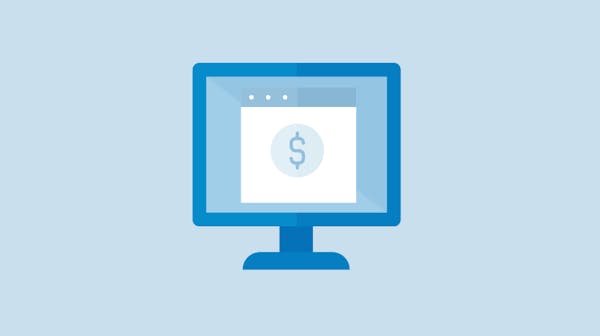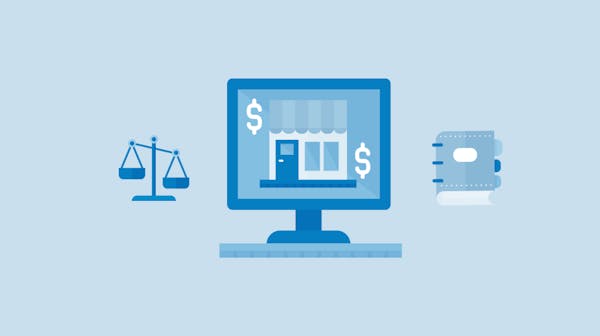To craft an invoice that represents your creative brand and secures timely payment, infuse your invoices with your brand's uniqueness and ensure they adhere to both legal standards and industry practices. However, remember that mastering the art of invoicing in the creative world means paying attention to the finer details—something that cannot be overlooked.
Tailoring Invoices to Reflect Creative Work
Invoices in the creative industry need to do more than just bill clients—they should be a reflection of your work, your brand, and your approach to business. But creating the perfect invoice involves understanding the unique nuances of the industry. Here's what you need to know. The importance of a branded, personalized invoice can't be overstated. It communicates your creative identity and professionalism to clients.
- Importance of Branding and Personalization
Your invoice is an extension of your business identity. Including elements such as your logo or a custom design can reinforce your brand with every transaction. In the creative industry, the small details matter, and showing attention to your invoice design can leave a positive impression on your clients. Learn more about working with invoice styles.
- Detailing Creative Projects on Invoices
Each project you undertake is unique, and your invoice should accurately reflect that. Clear descriptions of creative services prevent misunderstandings and showcase the value you provide. Make sure your invoicing language is accessible to your clients while still retaining the flavor of your creativity. See examples of how to detail invoice items.
Incorporating Industry Standards and Practices
Billing in the creative fields can involve a variety of structures, from flat project fees to hourly rates, and in some cases, royalties for licensed work. For instance, a graphic designer may opt for project-based billing, while a musician might charge a day rate plus expenses. It's crucial to be clear about your pricing structure up front and ensure your clients understand the basis of their charges, whether you're requesting an advance for a large project or managing royalties for creative work.
- Legal and Tax Implications
Creatives must navigate not only the aesthetic aspects of their work but also the legal framework that supports it. Invoicing mishaps like failing to clarify copyright terms or usage rights of the artwork can lead to disputes. Make sure your invoices articulate any legalities and the extent of usage rights that come with the client's purchase. As for taxes, erroneously classifying creative services or products can lead to penalties, especially regarding VAT considerations. Freelancers, in particular, need to be vigilant about accurately conveying their tax status in their invoices—consulting a legal expert to audit your invoicing template can save a lot of trouble down the line.
Utilizing Technology for Efficient Invoicing
Modern invoicing solutions designed for creatives can streamline your financial operations significantly. But integrating these tools with your existing workflow may present some challenges such as learning curves with new software or transferring existing data into a new system. To mitigate these issues, prioritize software with an intuitive interface and robust customer support, and don't shy away from taking advantage of free trials. Make sure that any new system you adopt seamlessly integrates with your existing setup to avoid creating more work for yourself. For those seeking an effortless way to manage their invoicing, InvoiceOnline offers a secure, user-friendly platform that can streamline the process. Plus, you can start with a free trial, no registrations required.
- Automating Recurring Invoices
In the creative industry, maintaining consistent cash flow can be challenging, particularly when dealing with projects that have varying scopes and schedules. Setting up an automated invoicing system that can flexibly adjust to workload variations will save time and reduce stress. Be sure to communicate with your clients regularly to ensure that the automated invoices they're receiving accurately reflect the services provided.
Common Mistakes to Avoid in Creative Industry Invoicing
Establish effective invoicing protocols by discussing payment terms clearly at the beginning of a new client relationship, especially when dealing with more fluid and complex creative projects. Include payment terms in your contracts and reference them on your invoices to prevent any misunderstandings and facilitate smoother transactions.
- Ignoring Follow-up Procedures
Managing overdue invoices while preserving good client relationships ultimately comes down to the tactfulness of your follow-up. A courteous but clear reminder email can be effective initially. If the payment remains outstanding, a more direct approach, such as a phone call, may be warranted.
Here's a template for a follow-up email:
"Dear [Client's Name], I'm writing to remind you of the outstanding payment on invoice #[Invoice Number], which was due on [Due Date]. If there are any issues preventing the completion of this payment, please inform me so that we can find a suitable resolution. Your timely response is appreciated. Best regards, [Your Name]."
Summary
In the creative industry, invoicing is more than just a formality—it's an extension of your brand and a critical part of your business protocol. With the right blend of personalization, adherence to industry standards, smart use of technology, and robust client communication, your invoices can go beyond getting you paid: they can enhance your professional image and contribute positively to your operational workflow.




